Two months thinking, the model was now ready to share for a critical second opinion.
- Responsive Teaching – “relatively short teaching cycles with fortnight responsive teaching tasks (assessments) and whole class feedback lessons.” A bias towards the importance of assessment.
- Ausubel (1968) reference – know the learn, know what the learner already knows.
- The uncomfortable truth that students do not learn what it is we teach them and the distinction between performance versus learning.
- Routines and Successive Relearning – and the valley of disappointment
- I am exploring the differentiation of assessment as warm and cold.
- Classrooms as complex adaptive systems – a model that can articulate and flex.
- Micro, meso, macro cycles
Teaching-instruction Model 1.0
I revisited the teaching-instruction model after the Easter break having read “How Learning Happens.” With the release of the book, I also had the opportunity to hear the authors interviewed (Not that I hadn’t heard both speak on a number of previous occasions).
Teaching with RememberMore and writing the instructions for RememberMore, meant I had grounded out the pairing of “define what is to be taught (and not taught)” and “design how and sequenced.” I was happy with the triad of teach-assess-adapt – as a concentrated model of a complex adaptive system. I had Mark Enser’s Key Stage 3 Geography curriculum networked model from ResearchEd Surrey 2019 swishing around my thinking.
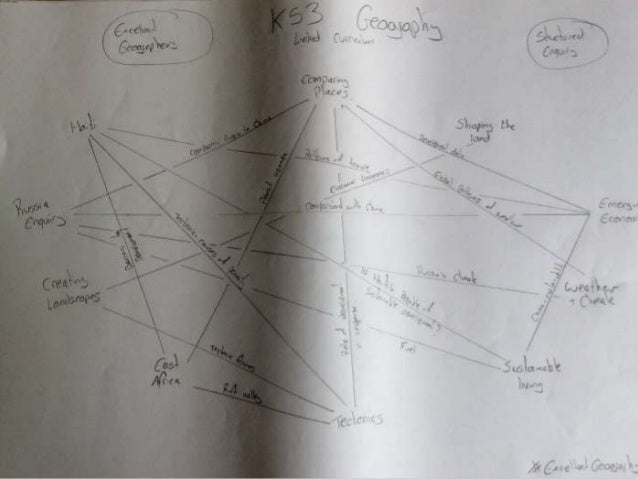
I planned to explicitly signpost feedback. During teaching (teach-adapt-assess) and posthumously following assessment. Feedback is deceptively easy to devise and/or deliver poorly. Two education giants draw a very clear mark in the sand.
Feedback is only successful if students use it to improve their performance.
The main purpose of feedback is to improve the student and not the work.
Dylan Wiliam
The only important thing about feedback is what students do with it.
Dan Willingham
For that reason feedback was rebranded as “Feedforward.”
Lastly, the amount of feedback we can offer our students is limited. Limited by our available resource (time), limited by how much a student can attend to. In the longer term, the most productive strategy is to develop our students’ ability to give themselves feedback. It’s important, therefore, to develop students’ capacity for self-assessment* so that they can to self-regulate. To make feedback more like detective work, that encourages learners to first think hard and reflect. Then to present an opportunity to take action, or signpost the next opportunity to showcase their learning. Building on a students capacity for self-assessment draw upon the metacognitive research which overlaps consistently with Successive Relearning. (However, at this stage, self-assessment had not be added to the model.)*
All these various elements had been bouncing around my thinking like bumper cars at the fairground. Even after two, three, four months, there are still collisions. For the sake of the teaching-instruction model I thought I was seeking order and clarity, I was trying to hard to. In hindsight I should have be more accepting of the complexity of what it was I trying to order and clarify
Forward warning: Two significant observations / corrections surfaced over the next few weeks.
Define what. Design how. Plan the assessment.
Defining the curriculum is to composing a film score, as designing learning (student thinking) is to conducting the orchestra.
Initially, I quite liked the roots of this extended metaphor, even some of the extensions. Conductor-teacher. Musicians-learners. Music hall-classroom (different halls, different sounds, different classrooms, different lessons). Rehearsal/lesson. Performance/exam. The score/lesson plan, can be interpreted and conducted/taught differently. However the metaphor falls short. In stark contrast to the shared performance accountability of an orchestra, students have sole accountability in our current exams framework. I know better than to start at the beginning. The first mistake was to start my thinking at the beginning. When I should have started at the end.
Backwards design: What do I want my students to have learnt at the end of the meso-cycle / unit. How will this learning be verified? What is the assessment?
If you don’t know where you’re going, you will probably end up somewhere else.
Knowing what is, and is not, to be taught, what threshold concepts or misconceptions may impede or misdirect learners. What are the links between what is known and what is to be taught. As well as the links within what is to be taught, and what might be being taught else where across the cross curricular links. English and history presented so many great opportunities for example. What will “successful,” learning look like? How will learning be verified? All these questions lead to the assessment. Start at the end. And to plan the assessment, you have to know two things.
- What is to be taught (and potentially revisited)
- What the learners knows (and preferably the context, their context and their needs).
More succinctly Great teaching toolkit
This means teachers should have deep and fluent knowledge and flexible understanding of the content they are teaching and how it is learnt, including its inherent dependencies. They should have an explicit repertoire of well-crafted explanations, examples and tasks for each topic they teach.
Great teaching toolkit
Effective assessment is a professional learning module in its own right. Hence this is more precisely a teaching-instruction model and not a Teaching Model. And not a teaching-instruction-assessment model. But make no mistake, you need to develop all three areas of your practice. Often, assessment practice is the last area of professional craft to be developed, following teaching-instruction and classroom management. We can not learn everything at once.
Knowledge defined, meso and macro assessment planned or at least scoped out at this point. Check the whole school assessment policy and key dates in the assessment calendar? When and how are grades reported,? Then it is back to the “define and design” pairing.
Somewhat ironically, writing a sequenced macro scheme of learning – is not sequential.
Define (how and sequenced)
With the knowledge defined and an awareness of the weight of that knowledge, you can now distribute and sequence that knowledge over your time allocation. What is your curriculum allocation? How many macrocycles are you planning to design? Made up of how many meso-cycles? How do these mesocycle overlay the academic calendar? Made up of 8-12 microcycles/lessons? How are these lessons distributed over the week? When in the day (do you teach the same class twice on the same day?) Of course, these plans will be very different for various subject areas.
Here I recommend leveraging the benefits of routined and balanced meso-cycles of learning – even though the dividends are delayed. In evidence of that stance:
Where the information being learned has a framework or structure that can be used to organise both the learning and the retrieval then memory is often considerably improved.
Michael Eysenck, The Blackwell Dictionary of Cognitive Psychology (1994).
If you are looking for more information on meso-cycles, hop back to part 1.
For each mesocycle, you will need to know:
- Focused ‘learning intention’ – know what knowledge you are teaching-instructing
- Success criteria – what is successful learning
- Models, rubrics, criterion, mark schemes – preferably a ‘common’ framework for assessment of the success criteria used across the meso-cycles.
- How will learning be verified?
A common framework for assessment becomes important for when you step back from a single meso-cycle, to compare meso-cycles, or track meso-cycle attainment within the macro-cycle. To compare macro cycles. Or to compare cohort attainment. Having a ‘common’ framework for assessment also enables you to aggregated performance – and compare assessments. Box plots are an excellent tool for this aim.
With Ausubel already on the model, the growing importance of context, even within-school, within-year context (sets, bands, strands) was becoming more apparent. Knowing the class, the context/class profile was clearly defined – green.
Assessment was coded – blue
From Define to Design
With the knowledge cake defined and divided into manageable meso-cycles, the connections and links drawn or identified between them, the order sequenced. A focused ‘learning intention,’ success criteria, models and a ‘common’ framework for assessment -the next step is to design the thinking that will secure the learning. And then the application, preferably lots of SLOP – ‘Shed Loads of Practice’.
Within each mesocycle, design the thinking that will secure the learning. At this point, I am less worried about the tasks or activities, that is the decision of the teacher.
Design the activities, that will elicit that thinking, that will secure the learning, that you plan to assess.
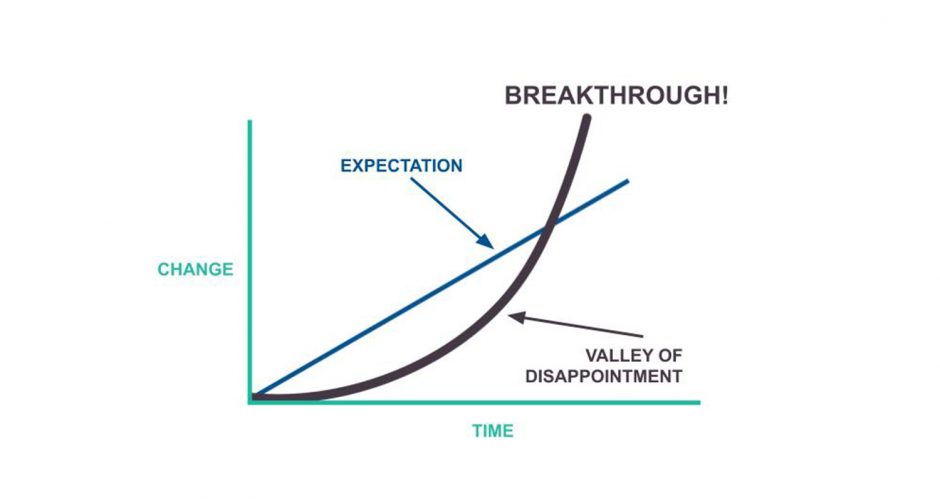
Within micro-cycles, we recommend and promote positively framed and reinforced routines, what Peps Mccrea refers to as “hacking the attention economy of the classroom to help pupils learn things faster.” What the Great Teaching Toollkit refers to as “Maximising opportunity to learn.”
Routines take time to adopt, they are a deferred investment, but once beyond “the valley of disappointment,” both parties, teachers and students benefit.
Teachers benefit from reducing the behaviour management burden and need to direct interaction / instructions every micro-cycle.
Learners benefit from greater learning time and knowing what to expect from the lesson.
Routines drives the twin aims of improving learner outcomes at the same time as reducing educator workload.
At the time of designing the model, the adopted routines of Successive Relearning were having a significant influence on the class climate of the classes I was teaching, particularly the low prior-attaining classes (which links back to context). When I took the time to seriously step back and reflect, and review the end of year student survey, two student comments repeatedly surfaced. The students liked knowing how lessons started, they liked routines and the success they were experiencing was driving motivation/confidence.
I have found it easier to feel comfortable in class and not feel pressured or under prepared when a question is asked.
I think the app is helpful and helps me build confidence in class and I think it can help me build on information for further tests or assessments.
It influences my confidence in lessons by already knowing what some words mean and what the answers to the question are.
Year 8 Class Survey
It is an observation or topic of conversation I have discussed at length with Ben Windsor (@MrClassics) and he has shared his perspective over on his blog.
Green and blue codes have been added. Feedback presented at “Feedforward.” Transition icons, introducing and exiting a cycle were added.
In the next post, we will look at designing a meso-cycle.
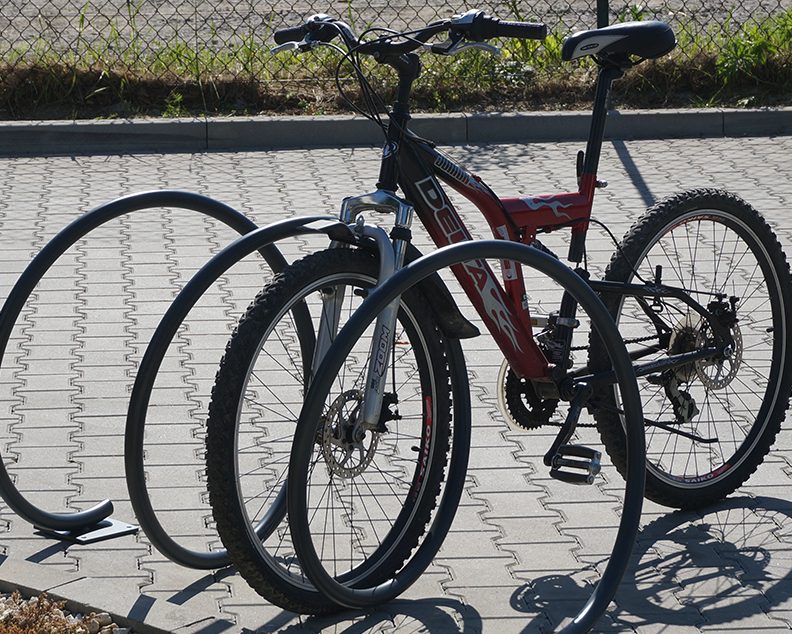
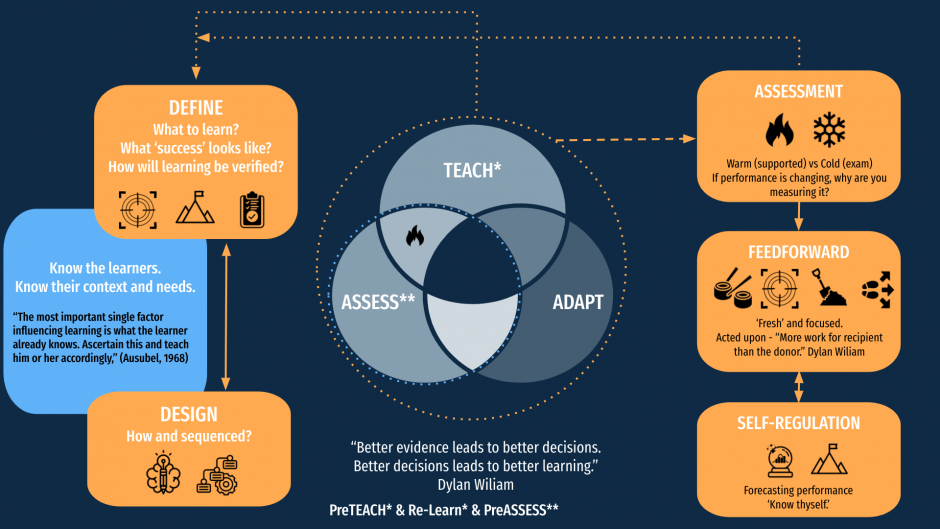
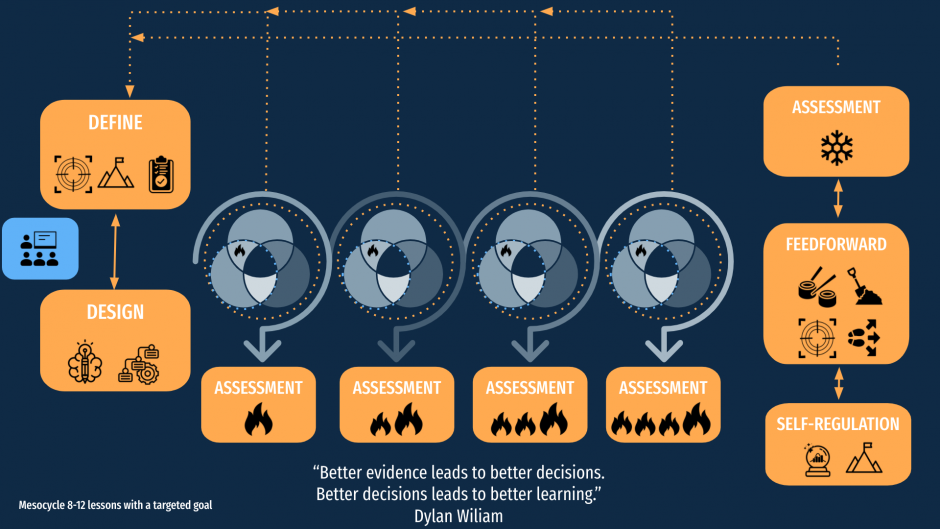



Pingback: Plans, meso-cycles and spirals (part 3) | KristianStill
Pingback: Do teachers know thy impact – Edventures
Pingback: An overview: Plans, cycles and spirals – Edventures